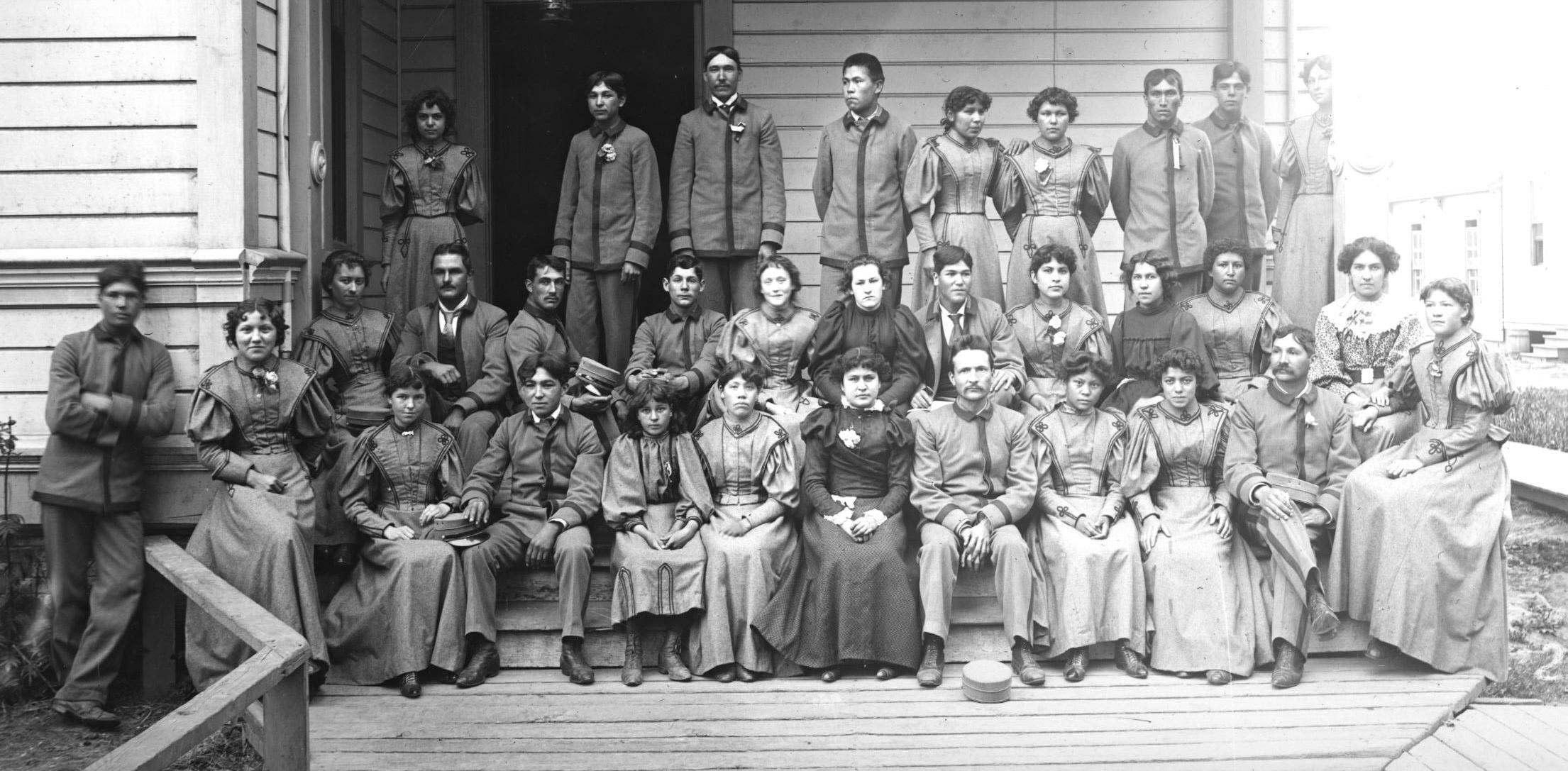What More Can We Want? Indigenous Girls Navigating the Space between Chemawa Indian School and Oregon Public High Schools in the Early 20th Century

Publication: Pacific Northwest Quarterly
Publisher: University of Washington
Complete article available: Pacific Northwest Quarterly
In the early 1900’s gender-segregated vocational education was influencing educational programing in both the Office of Indian Affairs Government Schools and in public schools around the United States. Gender-segregated vocational tracking did not reflect the needs and desires of many young Indigenous women, and students at Chemawa Indian School in Salem, Oregon were aware of the restraints it imposed on them. They turned away from vocational education courses, courses that intentionally tracked them into domestic-education programs and trained them for low-paid housework in the homes of middle-class white women, and turned toward curricular paths that offered financial and professional independence and security. This story of self-advocacy and acculturation on the part of these students complicates earlier narratives of government Indian education, which depicted Indigenous students as literally running away from government education.